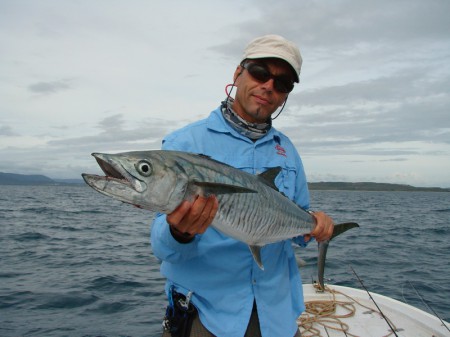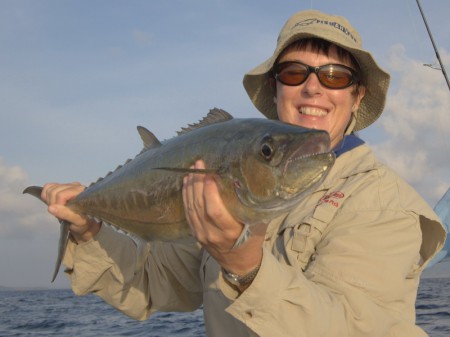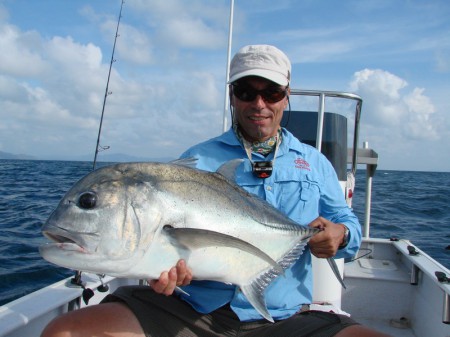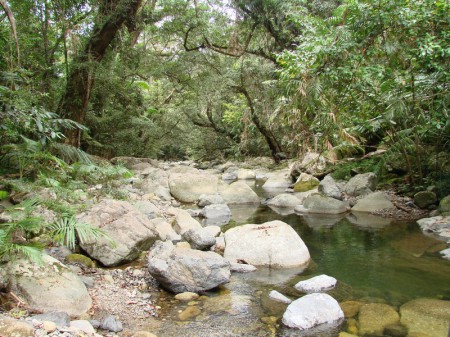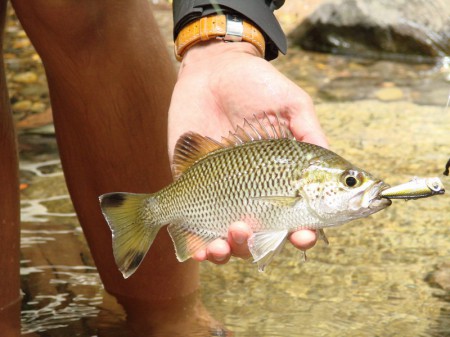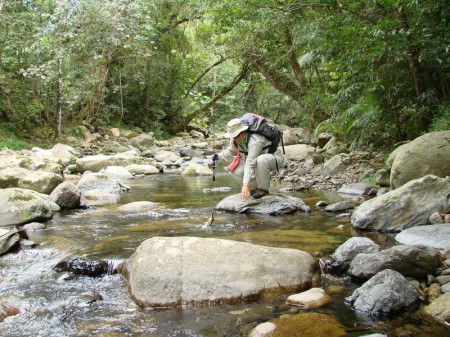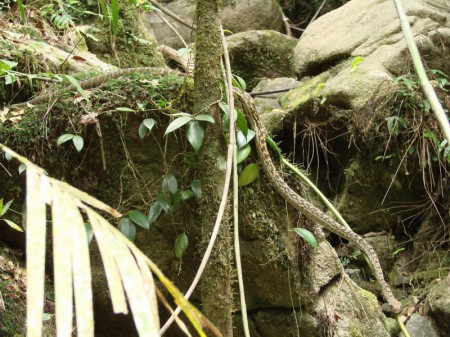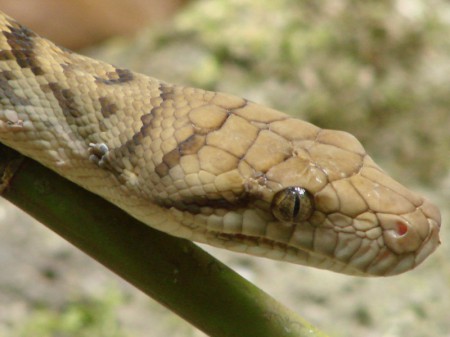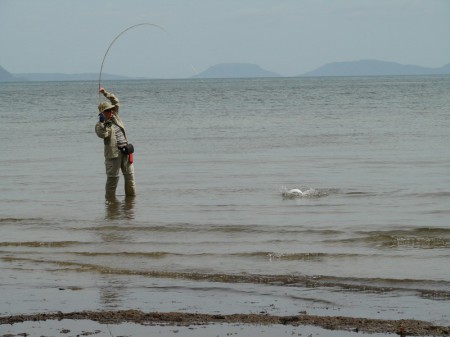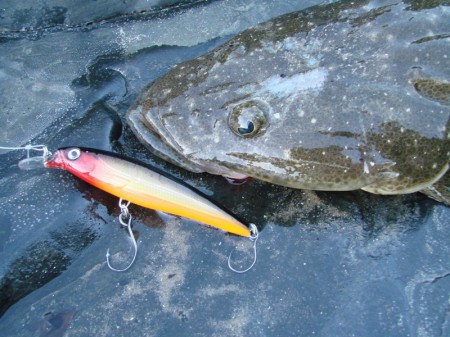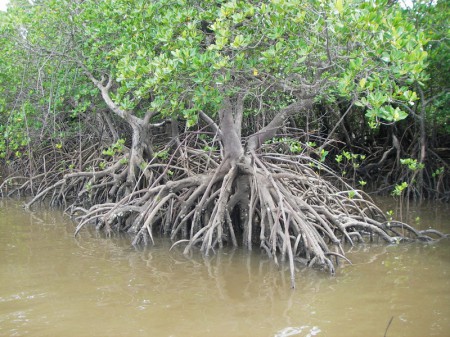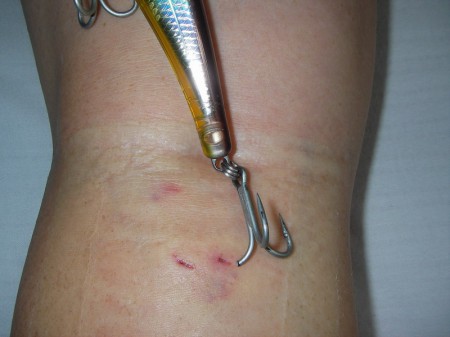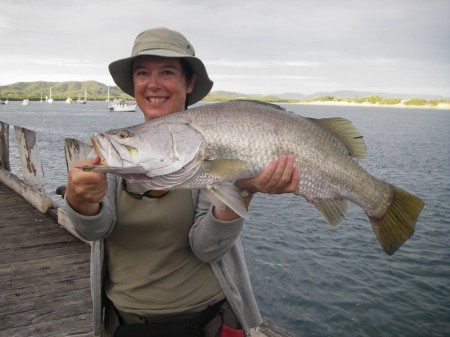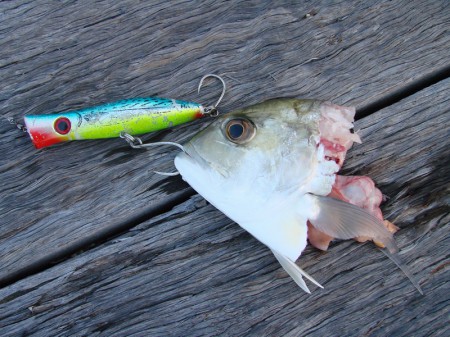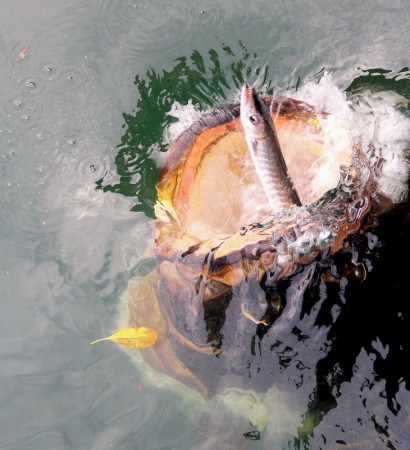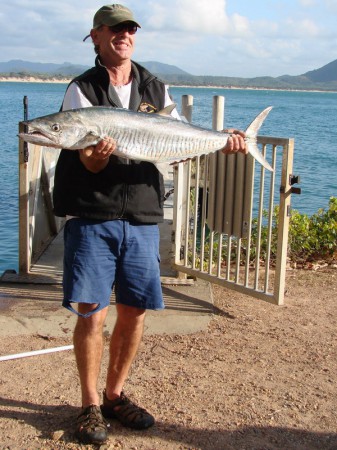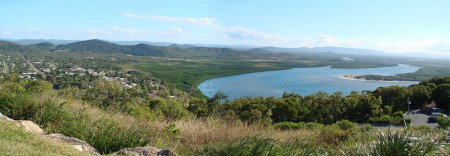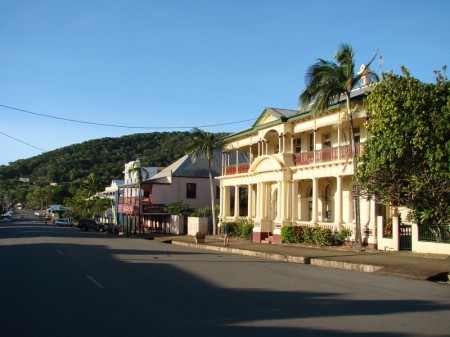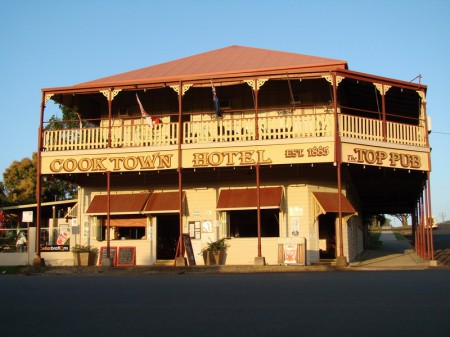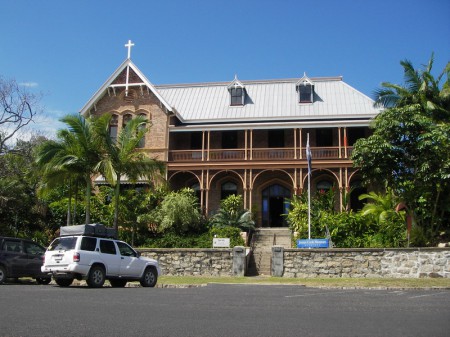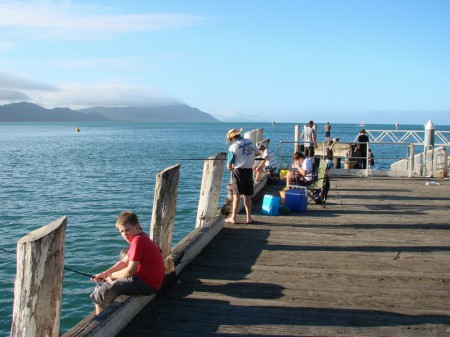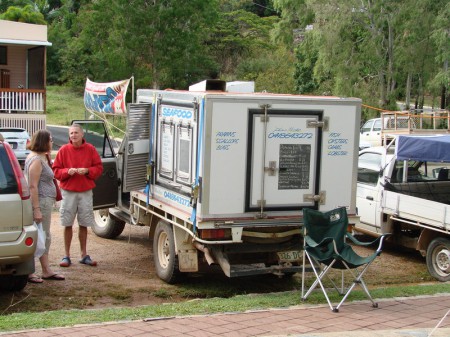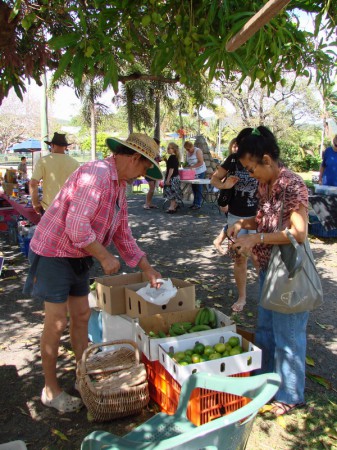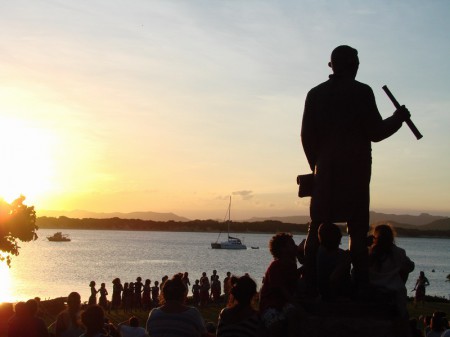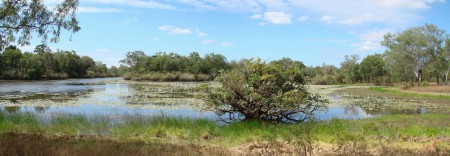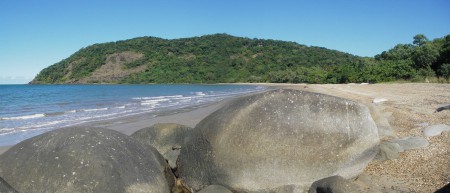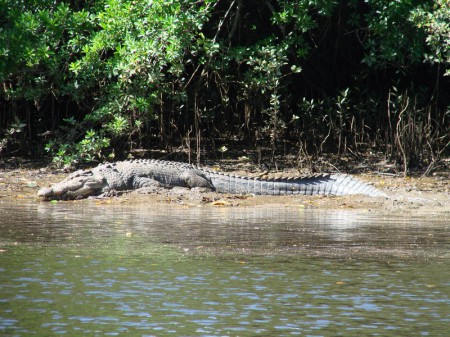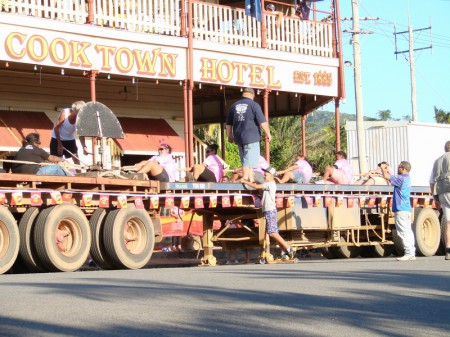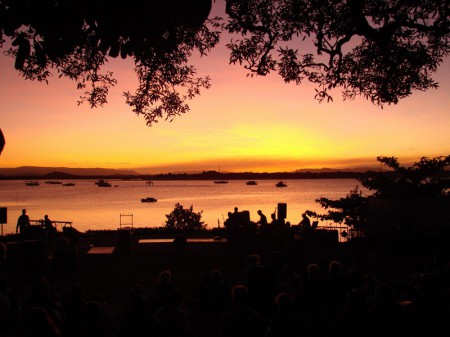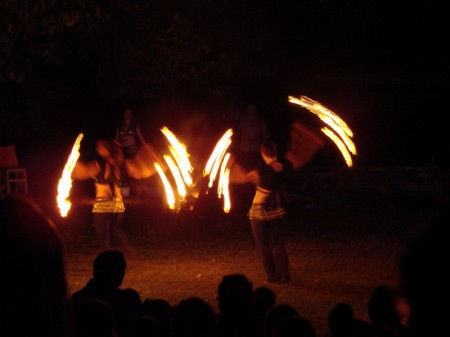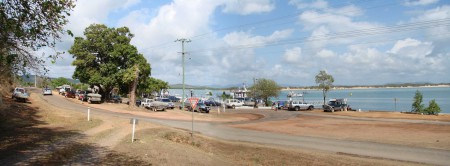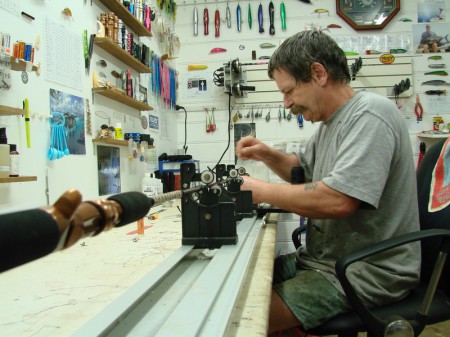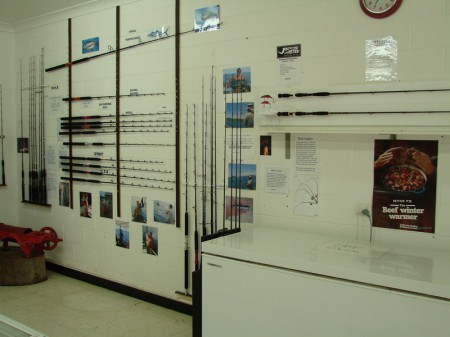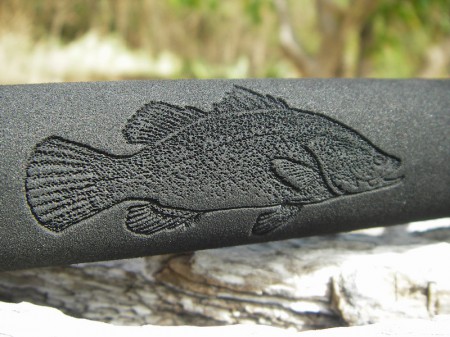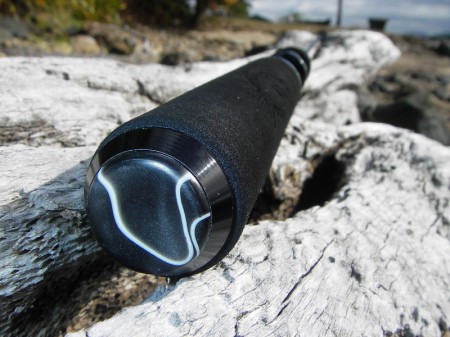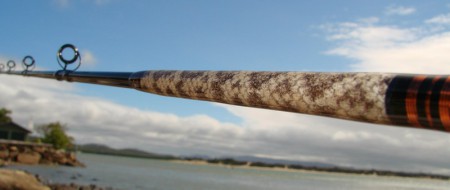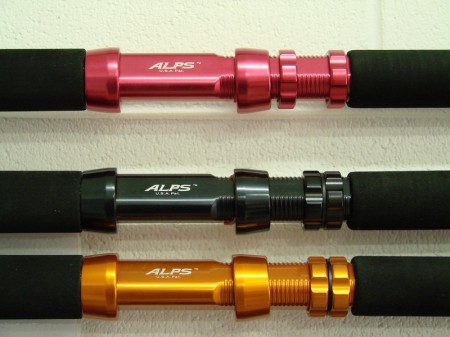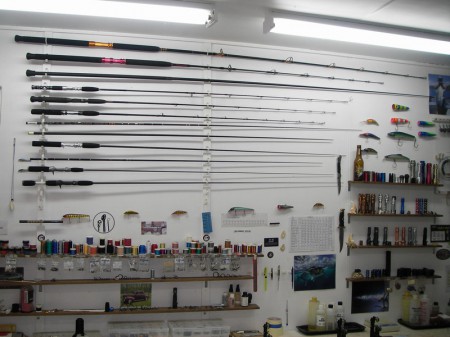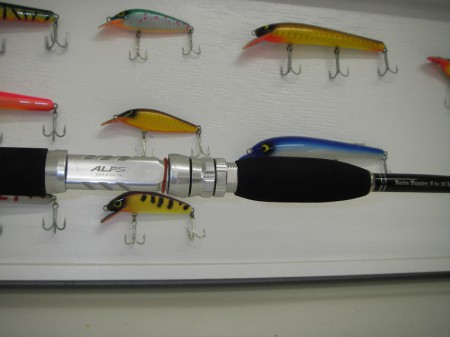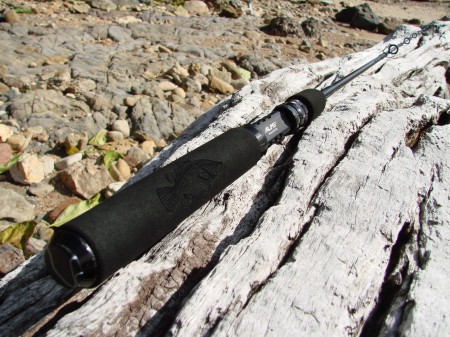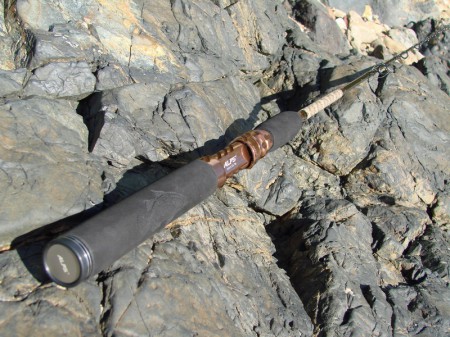It is not possible
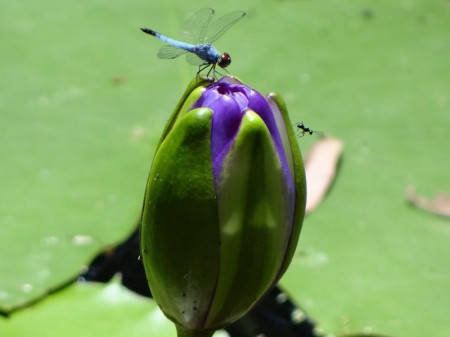 Or so it seems, and yet it is true: after almost 20 months of travelling our time in Australia has come to an end. We have sold our car in Cooktown and the boat in Cairns and made our way back from Cairns to Sydney in 5 days, returning one of our friends’ rental cars which had been dropped off in Cairns by customers. It all worked out exceptionally well and we were looking forward to spending a few days in Canberra to catch up with dear friends before flying over to Auckland. We decided to stay in New Zealand for some time before we eventually have to return to Switzerland; the money we got for our Troopy and the boat being our travel funds.
Or so it seems, and yet it is true: after almost 20 months of travelling our time in Australia has come to an end. We have sold our car in Cooktown and the boat in Cairns and made our way back from Cairns to Sydney in 5 days, returning one of our friends’ rental cars which had been dropped off in Cairns by customers. It all worked out exceptionally well and we were looking forward to spending a few days in Canberra to catch up with dear friends before flying over to Auckland. We decided to stay in New Zealand for some time before we eventually have to return to Switzerland; the money we got for our Troopy and the boat being our travel funds.
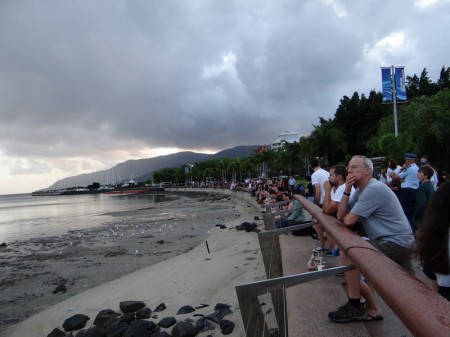 While in Cairns, preparing our car for its new owner, a total solar eclipse happened and the entire city was going crazy. Far North Queensland- the best place on earth to see the eclipse in all its beauty – expected thousands of spectators from all over the world and the prices for accommodation from a basic tent site to flashy hotel rooms went through the roof; everyone wanted as big a piece of the cake as possible. The days leading to nature’s big event were cloudy and everyone was closely following the weather forecast. In Cairns, the moon was to cover the sun fully at about 6.40am and clouds were predicted. We decided to stay in the city though and watch the whole thing with thousands of fellow onlookers from the Esplanade. The moment of truth came closer and closer and so did the clouds. At 6.40am the sun was completely out of view, but what was minutes ago a bright, partly sunny morning turned into dusk and then it got almost dark. An eerie silence took hold and even the birds went quiet. Easy to imagine that hundreds of years ago people watching such an occurrence must have had all sorts of thoughts and fears. Within minutes it got brighter again and to our delight, the clouds moved on and we were able to see the moon still partly covering the sun at last.
While in Cairns, preparing our car for its new owner, a total solar eclipse happened and the entire city was going crazy. Far North Queensland- the best place on earth to see the eclipse in all its beauty – expected thousands of spectators from all over the world and the prices for accommodation from a basic tent site to flashy hotel rooms went through the roof; everyone wanted as big a piece of the cake as possible. The days leading to nature’s big event were cloudy and everyone was closely following the weather forecast. In Cairns, the moon was to cover the sun fully at about 6.40am and clouds were predicted. We decided to stay in the city though and watch the whole thing with thousands of fellow onlookers from the Esplanade. The moment of truth came closer and closer and so did the clouds. At 6.40am the sun was completely out of view, but what was minutes ago a bright, partly sunny morning turned into dusk and then it got almost dark. An eerie silence took hold and even the birds went quiet. Easy to imagine that hundreds of years ago people watching such an occurrence must have had all sorts of thoughts and fears. Within minutes it got brighter again and to our delight, the clouds moved on and we were able to see the moon still partly covering the sun at last.
 We had not seen our friends in Canberra for many years and it was wonderful to find them all happy and well. After having spent such a long time in Far North Queensland, Australia’s capital city and its surroundings seemed almost alien. The rolling hills, the mountains in the distance and the city with so many museums and galleries and a vast array of cultural activities drew us in though and we enjoyed ourselves very much indeed. Our friends went out of their way to make sure we had a good time and we felt like family. We spent one day out in the countryside at their bach and enjoyed fly fishing for trout for the first time in almost two years. What a difference to the fishing back home and in New Zealand. While fishing a delightful little creek, a Platypus searched the bottom of a pool for a yummy morsel and a big Brown Snake crossed our path, making us appreciate the gumboots we were wearing. Wombat burrows so big, an adult could easily fit inside, had to be avoided while sneaking along the banks.
We had not seen our friends in Canberra for many years and it was wonderful to find them all happy and well. After having spent such a long time in Far North Queensland, Australia’s capital city and its surroundings seemed almost alien. The rolling hills, the mountains in the distance and the city with so many museums and galleries and a vast array of cultural activities drew us in though and we enjoyed ourselves very much indeed. Our friends went out of their way to make sure we had a good time and we felt like family. We spent one day out in the countryside at their bach and enjoyed fly fishing for trout for the first time in almost two years. What a difference to the fishing back home and in New Zealand. While fishing a delightful little creek, a Platypus searched the bottom of a pool for a yummy morsel and a big Brown Snake crossed our path, making us appreciate the gumboots we were wearing. Wombat burrows so big, an adult could easily fit inside, had to be avoided while sneaking along the banks. 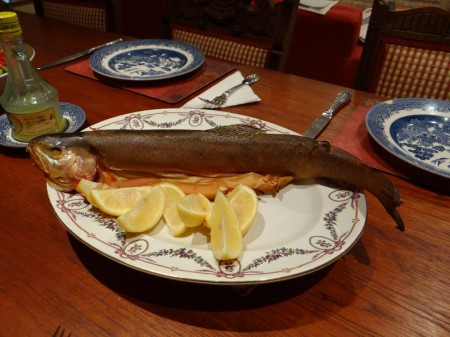
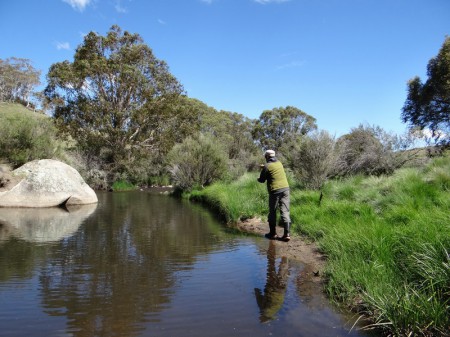 That day, the trout seemed to be even more elusive than usual and we – Béatrice that is – managed to catch just one fish. It was a beautifully colored Rainbow Trout though and the smoked fish made a delicious entrée for another one of Margaret’s awesome dinners that night.
That day, the trout seemed to be even more elusive than usual and we – Béatrice that is – managed to catch just one fish. It was a beautifully colored Rainbow Trout though and the smoked fish made a delicious entrée for another one of Margaret’s awesome dinners that night.
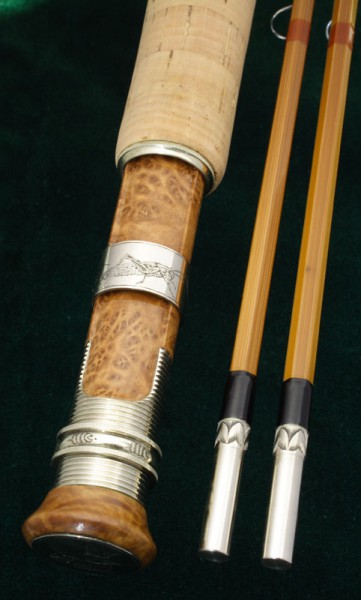 Several years ago, in Flylife magazine, we read about Nick Taransky, a passionate Australian bamboo rod maker and his outstanding work. After having visited Nick’s website and seen some of his rods, we couldn’t resist and ordered a custom made Taransky bamboo rod. The rod that eventually arrived in Switzerland about 5 years ago was even more beautiful than expected and the built quality and craftsmanship was stunning. And it is great to fish with too! So when we learned that Nick lives just 10 minutes from Canberra, we didn’t want to miss the opportunity to visit him and see more of his craft. Nick and his wife Miri welcomed us like good friends and we were shown in every detail how a great fishing tool is made out of an ordinary looking, yet carefully selected bamboo pole. Our friend Doug and the two of us were fascinated to see how simple the tools and processes essentially are that are used to create such outstanding rods. Whether you are into bamboo rods or not, pay Nick in Queanbeyan a visit, you will be amazed! To see more of his work, go to www.taranskybamboo.com.au
Several years ago, in Flylife magazine, we read about Nick Taransky, a passionate Australian bamboo rod maker and his outstanding work. After having visited Nick’s website and seen some of his rods, we couldn’t resist and ordered a custom made Taransky bamboo rod. The rod that eventually arrived in Switzerland about 5 years ago was even more beautiful than expected and the built quality and craftsmanship was stunning. And it is great to fish with too! So when we learned that Nick lives just 10 minutes from Canberra, we didn’t want to miss the opportunity to visit him and see more of his craft. Nick and his wife Miri welcomed us like good friends and we were shown in every detail how a great fishing tool is made out of an ordinary looking, yet carefully selected bamboo pole. Our friend Doug and the two of us were fascinated to see how simple the tools and processes essentially are that are used to create such outstanding rods. Whether you are into bamboo rods or not, pay Nick in Queanbeyan a visit, you will be amazed! To see more of his work, go to www.taranskybamboo.com.au
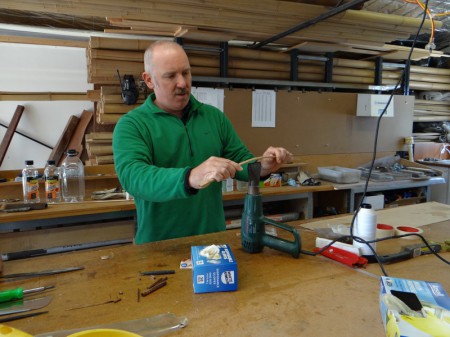
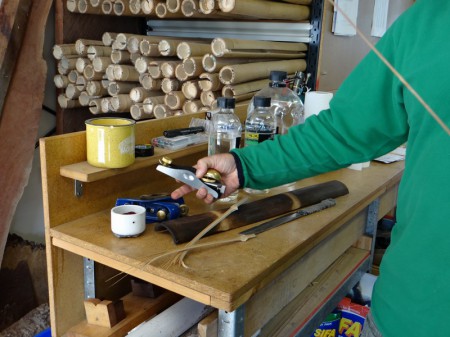
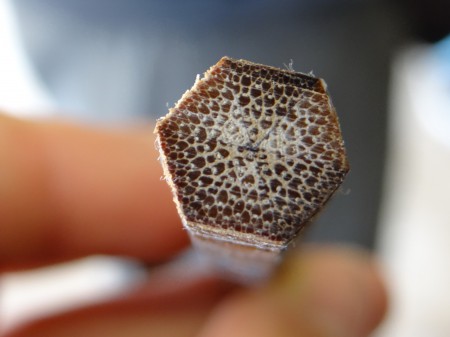 Our five days in Canberra were over far too quick and we had to say good bye to our friends. Many, many thanks for everything, we hope to see you all again soon.
Our five days in Canberra were over far too quick and we had to say good bye to our friends. Many, many thanks for everything, we hope to see you all again soon.
 The drive from Canberra back to Brookvale/Sydney is very straight forward and fast, if you are prepared to pay road toll in central Sydney. We thought we can save that money by using toll free roads, which in hindsight proofed to be a bad idea. The traffic around the big city is massive any time of the day and finding our way around avoiding the main arteries was a pain and took hours. We made it eventually, arriving a little worse for wear. The last day in Sydney was filled with closing bank accounts, terminating insurance policies and packing bags. New Zealand here we come!
The drive from Canberra back to Brookvale/Sydney is very straight forward and fast, if you are prepared to pay road toll in central Sydney. We thought we can save that money by using toll free roads, which in hindsight proofed to be a bad idea. The traffic around the big city is massive any time of the day and finding our way around avoiding the main arteries was a pain and took hours. We made it eventually, arriving a little worse for wear. The last day in Sydney was filled with closing bank accounts, terminating insurance policies and packing bags. New Zealand here we come!
